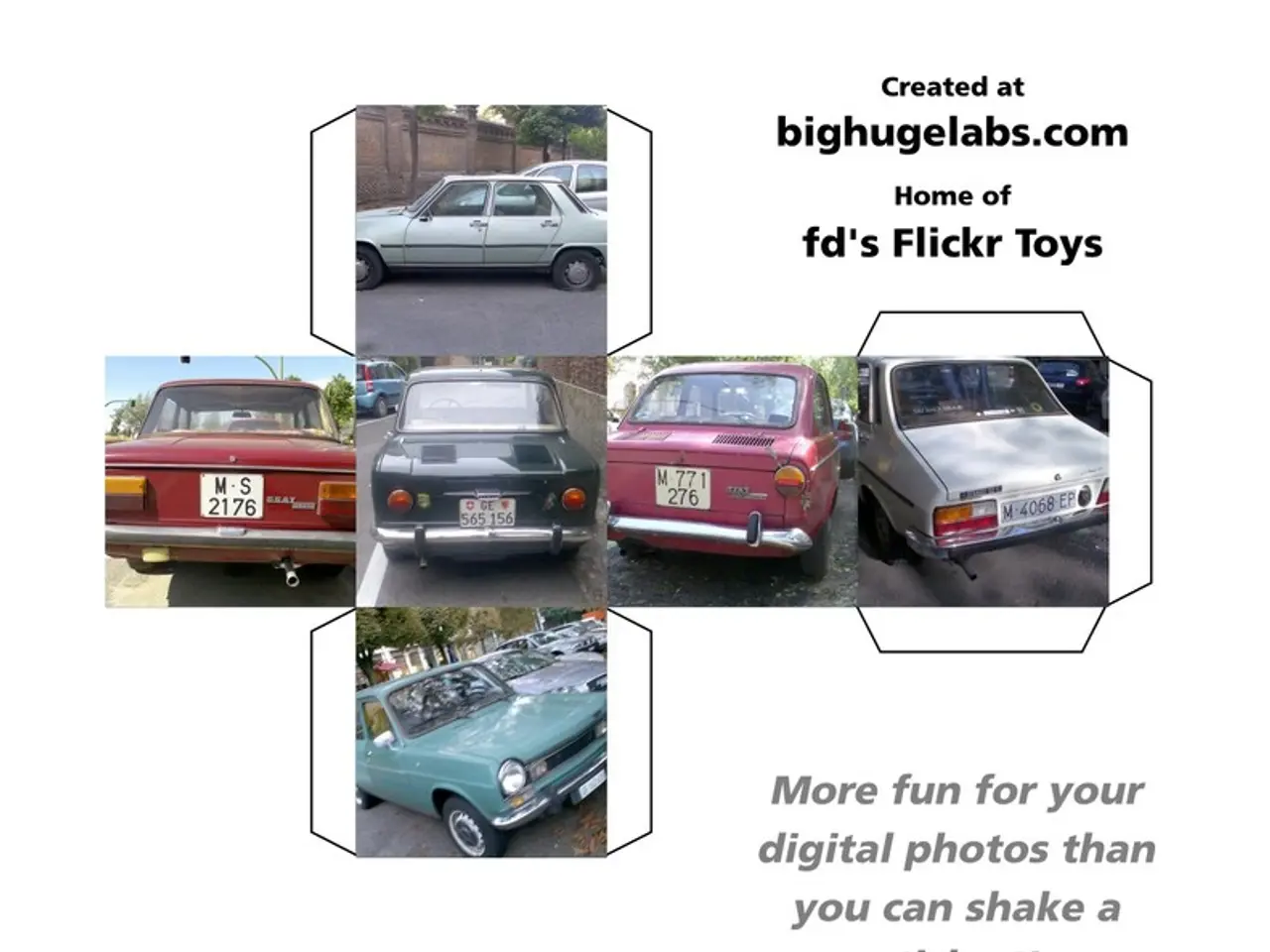Manhattan experiences a decrease in large trucks and expedited travel times due to the implementation of congestion pricing.
In the heart of New York City, congestion pricing, introduced at the start of 2025, has made a significant impact on the flow of commercial traffic in Manhattan. The initiative, which charges commercial trucks a base toll of $14.50 to enter the city south of 61st Street, has led to a noticeable reduction in the number of vehicles entering the congestion zone (CRZ).
According to the Metropolitan Transportation Authority (MTA), there were 2,076,163 fewer vehicles entering the CRZ in May alone, a decrease from the baseline historical daily average of 647,200 vehicles in the month of May.
New research from Altitude by Geotab reveals that since the implementation of congestion pricing, commercial vehicle travel times have improved on many roadways during active hours. Specifically, between 8 a.m. and 6 p.m., 44% of Lower Manhattan roadways experienced faster commercial vehicle travel times, with 40% seeing no change, indicating a significant overall improvement in traffic flow for freight movement within the congestion zone.
The research also shows a shift in fleet composition towards fewer large trucks and more multi-purpose vehicles. The number of medium- and heavy-duty trucks entering the congestion pricing zone decreased noticeably, while there was an increase in multi-purpose vehicles, such as last-mile delivery vans.
Despite these changes in traffic speed and fleet types, the amount of time vehicles spend idling in the congestion zone has not changed substantially. The study, which observed over 16,000 vehicle trips in the CRZ area, found that trucks idle at the same rate after congestion pricing, but did not provide details on how often or how long trucks remained idle either before or after the tolls started.
The Trucking Association of New York declined to comment on this story. However, Juliette Michaelson, the MTA's deputy chief of policy and external relations, stated that congestion pricing has led to improvements in traffic flow, fleet composition, idling, accidents, transit ridership, foot traffic, air quality, and business bottom lines.
The revenue generated from congestion pricing is being used for public transit improvements. Examples of these improvements include better accessibility at subway stations, more battery-electric buses with complementary charging infrastructure, and structural enhancements such as track upgrades, bridge repair, and customer communication systems.
In May 2025, with congestion pricing in effect, the average daily vehicle entries dropped to 580,227. As of June, congestion pricing's total net revenue for the year so far totaled $219 million.
This data highlights both the positive impact on commercial traffic flow and the complexity of behavior related to vehicle idling within the congestion zone. Further research may be needed to fully understand the factors influencing idling behavior and to find ways to further reduce it.
- The policy-and-legislation of congestion pricing in New York City, which began in early 2025, has played a significant role in the finance sector as the revenue generated is being used for public transit improvements.
- The implementation of congestion pricing has not only affected the transportation industry, but also politics, as Juliette Michaelson, the MTA's deputy chief of policy and external relations, highlighted improvements in traffic flow, fleet composition, idling, accidents, transit ridership, foot traffic, air quality, and business bottom lines.
- In the general news, there is ongoing discussion about theeffects of congestion pricing on idling behavior, as a study observed over 16,000 vehicle trips in the CRZ area, finding that trucks idle at the same rate after congestion pricing, but did not provide details on how often or how long trucks remained idle.




